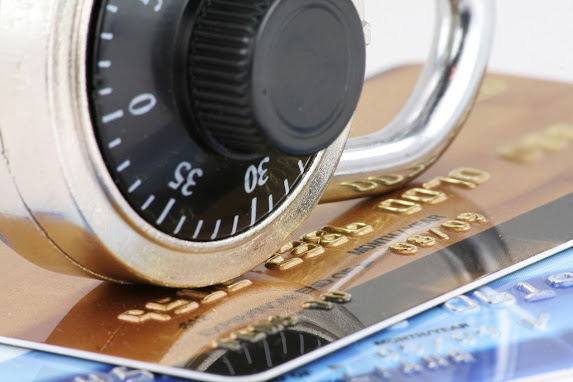Customer lifetime value (CLV) is one of the most influential metrics companies use to predict revenue potential and make strategic marketing decisions.
Whether you’re operating a single brick-and-mortar store, eCommerce operation, or multi-location business, understanding how to maximize your customer lifetime value helps your team increase revenue by investing in the customers who are most likely to provide long-term profits.
8 Ways Your Business Can Maximize Customer Lifetime Value
These eight proven strategies will foster positive, long-term relationships between a business and its customers to improve average CLV.
1. Utilize Cross-Selling and Upselling
Cross-selling is a sales strategy that persuades customers to purchase complementary products with their main purchase. For example, a fast-food restaurant might ask if you’d like fries with your burger, or an eCommerce website shows “customers also bought” suggestions.
Upselling offers customers an upgrade or special perks at a higher rate. Examples of upselling include a website setting a minimum order value to qualify for free shipping or an airline charging extra to let customers pick their seats on the flight.
Both strategies increase the order total to boost total revenue and CLV.
2. Offer a Memorable Customer Experience
Did you know that 86% of buyers are willing to pay more for a better customer experience? Or that a poor customer experience stops 58% of people from doing business with that company ever again?
Offering omnichannel support, investing in your team’s CX training and customer care strategy, improving the customer’s journey, and taking additional steps to create a memorable experience will go a long way toward retaining happy customers and maximizing CLV.
3. Create a Loyalty Program
Don’t take loyal customers for granted! Entice your customers to continue using your business with a simple, easy-to-understand loyalty program that offers them perks, so they keep coming back for more.
For example, Starbucks rewards customers who download their app and join the rewards program. Customers can order ahead, pay through the app, and save time, giving them a more convenient experience. With each order, they also collect stars to earn free food, drinks, and more.
4. Listen to Your Customers
If you’re proactive and using customer data analytics to monitor and understand your audience, then you’re probably aware of what your customers are saying. Are they happy with your products or services?
When customers aren’t satisfied, they’re usually vocal about their grievances, especially in product reviews and social media comments. Let them know you’re listening, you understand their concerns, and you’re taking steps to remedy the issues.
Don’t be afraid to send out surveys to collect direct feedback and turn customer complaints into customer care opportunities.
5. Reach Consumers with a Seamless Omnichannel Approach
Today’s buyers are accustomed to shopping on a variety of devices, platforms, and channels. They don’t think about channel boundaries, and they expect businesses to be accessible at every touchpoint.
A well-structured omnichannel strategy is consumer-centric and connects all channels – phone, web, mobile, email, social, store, etc. – around the customer’s experience.
6. Build a Community
Customers are more likely to remain engaged with your brand if they feel like they’re part of a community rather than a statistic pushed through a sales funnel. To maximize customer lifetime value, your business should seek ways to foster a community for your customers.
Interact with them on social media. Encourage consumers to post reviews and photos, share opinions, offer advice to one another, use branded hashtags, and engage in a community setting.
7. Set Up a Referral Program
Remember that part of the CLV equation includes marketing expenses to attract and retain customers. Imagine how much you could maximize your average CLV if those customers found your business through word-of-mouth referrals instead of costly advertising campaigns.
Referral programs are easy to set up and serve as a low-cost way to increase customer lifetime value. When done correctly, a referral program fosters goodwill and genuine sentiment about your brand, products, and services. It rewards your existing customers for touting your business and offers incentives for new customers to give your brand a try.
8. Offer Free Upgrades
Businesses sometimes balk at the idea of giving away freebies, but the truth is, they work. Not only do they make a positive impression, but they’re also a valuable way to conduct beta research on new products and get feedback from customers before the product launch.
Freebies and upgrades make customers happy and ensure they remember the positive experience with your business.
Businesses that calculate and analyze their CLV are in an advantageous position to predict their revenue growth and decide the best ways to spend their marketing dollars for maximum impact.










